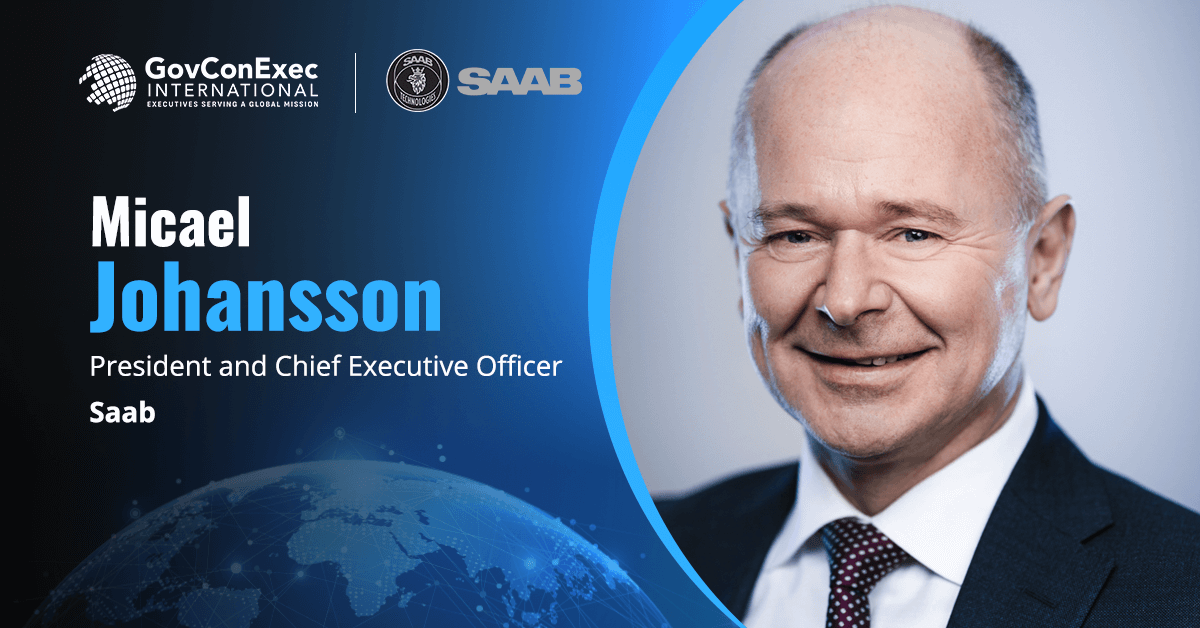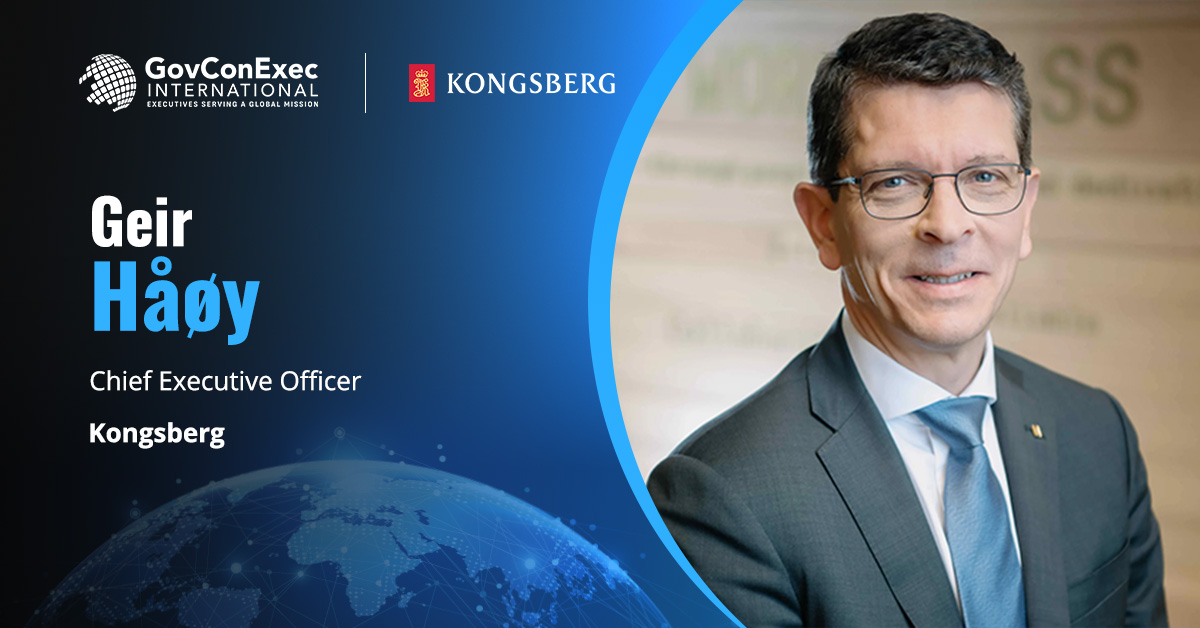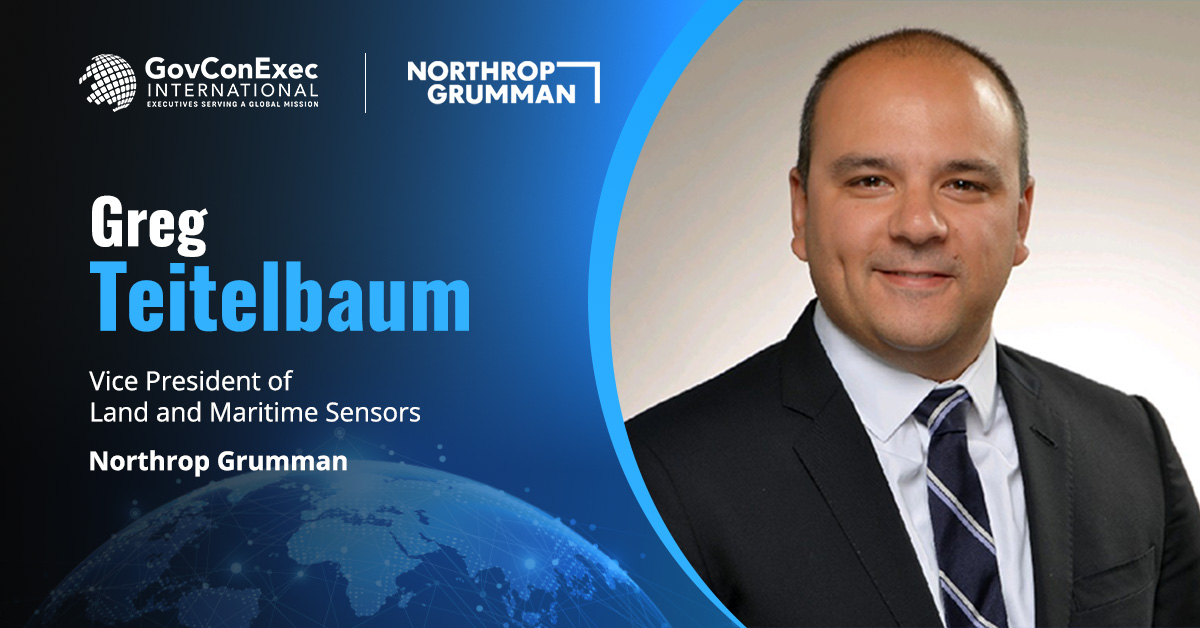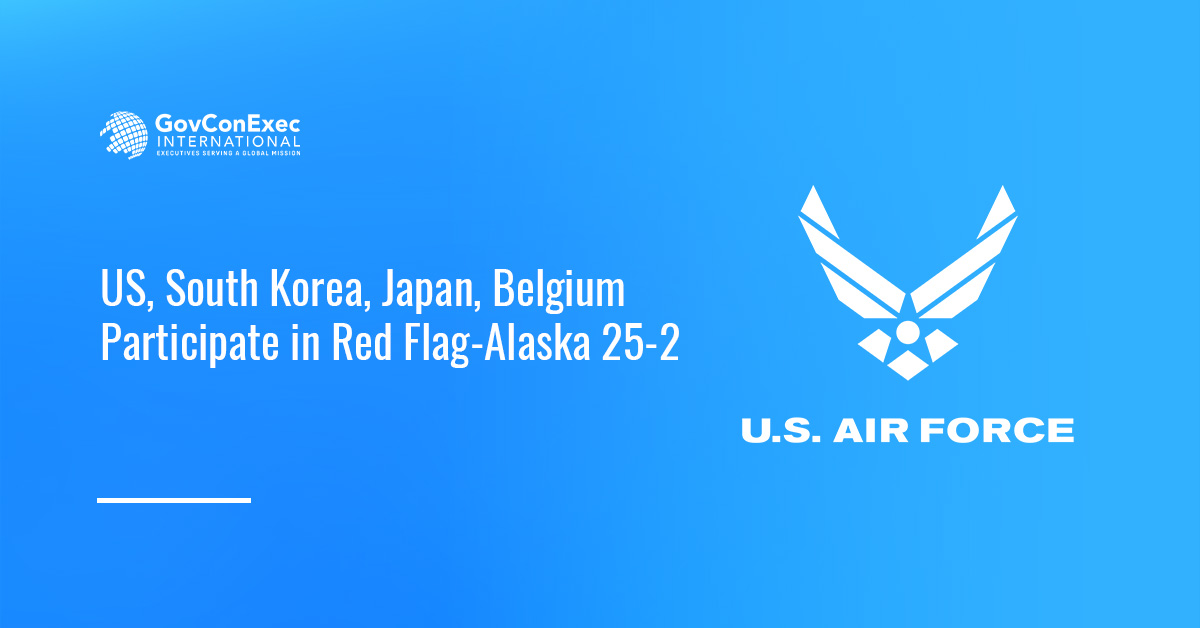Airmen from Belgium, Japan, South Korea and the United States participated in a recently concluded multinational flight operations exercise to improve interoperability and ensure combat readiness. Held for two weeks at Eielson Air Force Base in Alaska, the Red Flag-Alaska 25-2 military exercise involved over 1,500 service members and about 70 aircraft. Throughout the training, warfighters and jets conducted integrated...
Latest Global News

IBM Appoints Alex Abi Khaled as Defense, Public Sector CTO for Europe
IBM has appointed Alexandre Abi Khaled as the chief technology officer for the defense and public sector in Northern, Central and Eastern Europe, the executive shared in a social media post over the weekend. According to his LinkedIn profile, Abi Khaled is transitioning to the new role after serving as the company’s CTO and pre-sales leader in the Netherlands. In...

BAE Systems Accounts for $18.6B Share in UK GDP, Report Says
BAE Systems contributed $18.6 billion to the United Kingdom’s gross domestic product in 2024, accounting for 0.5 percent of the economy, according to analysis from Oxford Economics. The 36-page report, released Wednesday, also noted that BAE invested $314 million in workforce development to support London’s efforts to drive job creation and new skills to help the U.K.’s industrial strategy. Supply Chain...
News Briefing
Top GovCon News
Planet Labs Secures $280M Funding From Germany to Deliver Real-Time GEOINT
US OKs $510M Israeli Purchase of Boeing Munition Guidance Kits
V2X to Support Iraqi F-16 Program Via $118M FMS Contract
Saab Books Danish Order for Combat Training Platform
Dutch Defense Ministry Finalizes Order for Oshkosh Joint Light Tactical Vehicles
Germany to Buy Long-Range Strike Missiles From Norway
Rocket Lab to Launch ESA’s First Low Earth Orbit Navigation Satellites
Sweden Orders Additional Gripen E Equipment Under $307M Saab Contract
GovConExec Interviews
Featured Stories

UN Set to Form Space Situational Awareness Expert Group
The United Nations Committee on the Peaceful Uses of Outer Space has approved a proposal from the United Arab Emirates...

Australia to Acquire Additional RTX Missiles Under $2.12B Investment
Australia has committed to acquiring up to $2.12 billion in additional stocks of advanced medium-range missiles, improving the Australian Defence...

Poland Launches First Saab-Made SIGINT Vessel
Poland has launched its first signal intelligence ship from Saab, an event that Saab President and CEO Micael Johansson said...

Kongsberg Test Bed in Norway Seeks to Boost Maritime Infrastructure Protection
Kongsberg has launched a new maritime test bed in Horten, Norway, aimed at enhancing protective solutions for critical maritime infrastructure....

Planet Labs Secures $280M Funding From Germany to Deliver Real-Time GEOINT
Planet Labs Germany has secured a $280 million contract from the German government to provide dedicated capacity and direct downlink...

Northrop Grumman, ROMARM to Build Ground Radar Solution for Romanian Air Force
Northrop Grumman has signed a memorandum of understanding with Romania’s state-owned defense firm ROMARM to collaborate on an advanced ground-based...


